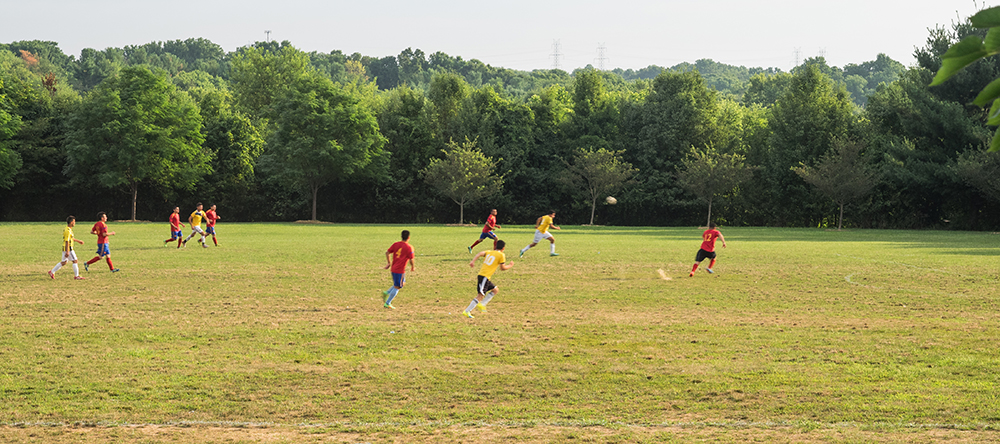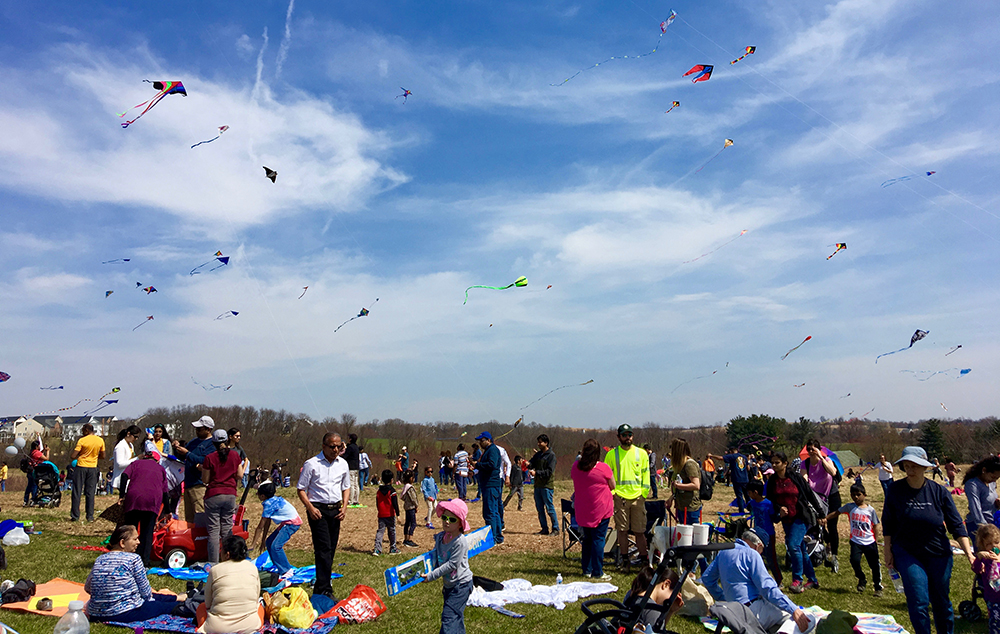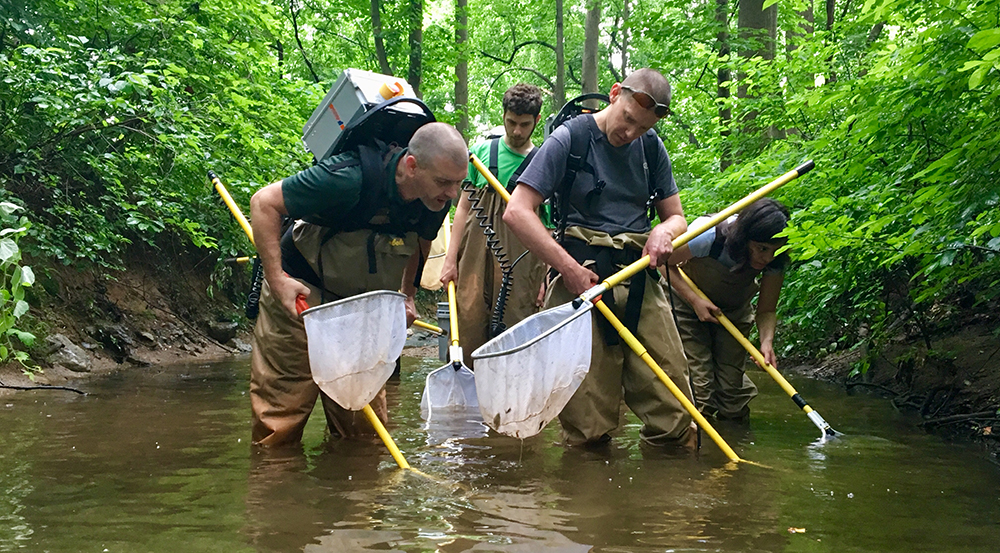By Miti Figueredo, Montgomery Parks Director
The good news about running a large park system is that everyone loves parks—hikers, bikers, equestrians, soccer players, bird watchers, kids looking for slides and swing sets, their parents, conservationists, and historic preservationists. All of them can find something that gets them excited about visiting a park.
The bad news is that the demand for parks and amenities exceeds Montgomery Parks’ available resources. Everyone wants and needs something different from parks, whether it’s a new athletic field or pickleball court, a renovated playground, or more land for conservation. Our parks have something for everyone, but in the competition for limited resources, not every popular program or facility can be expanded or upgraded—at least not all at the same time.
That’s why Montgomery Parks has undertaken a comprehensive assessment of what we have and what we need most. The priorities we’ve identified are the products of intensive data gathering, including broad and representative input from members of the community, to produce a rigorous look at the evolving needs of our community.
The resulting plan, known as Parks, Recreation and Open Space (PROS), not only identifies what facilities and programs are most in need of investment but explains why they are priorities, documenting gaps between supply and demand, accounting for emerging trends, and showing how they align with the county’s goals for equity, environmental sustainability, and economic development (as embodied in Thrive Montgomery 2050) while supporting health and social connections.
Together, the PROS and Thrive plans set out the goals and priorities for Montgomery Parks and will guide our work for years to come. So, let’s start digging into what this means.
One thing we know for sure is that parks are important! We received more than 800 responses to a 2021 community survey asking what people value most in a community and parks, trails, and recreation was one of the most important factors determining what makes a community a great place to live.
But in a growing, increasingly urban, and diverse county, we need to answer a simple question—What are parks for? —so we can define goals, prioritize resources, and measure progress. Our PROS plan articulates the key purposes of parks as encouraging physical activity, facilitating social interaction, and protecting the environment.
Getting people off the couch and into parks
Exercise—whether through team sports like cricket and baseball, or through running, biking, hiking, or throwing a frisbee—improves mental and physical health. With obesity affecting almost 20 percent of residents overall and nine percent of elementary and secondary school students, it is critically important to make exercise accessible and fun for everyone. And residents tell us this is what they want: 87.7% of residents surveyed said they spent time exercising on their most recent day off, and 46% ranked exercise as one of the top three things they’d like to do on their next day off, making it the most popular option among those offered in the survey.

Centerway Local Park in Montgomery Village
People need other people
Parks are a fundamental part of our social infrastructure. They bring people from all walks of life together in public spaces and strengthen social cohesion by fostering interactions between friends and strangers alike. These interactions can build trust and a sense of shared interests. Civic engagement has been in decline for decades, and even before COVID-19 forced us to isolate ourselves, about half of Americans reported feeling lonely. People want and need to be around each other. Well-designed parks in convenient locations meet that need by facilitating valuable social connections that keep us healthy and happy.

The annual Kites Over Clarksburg event at Ovid Hazen Wells Recreational Park
Protecting our environment and providing access to nature
Parks and natural areas preserve habitat and biodiversity, protect clean water and air, and connect people with nature. Park stewardship activities enjoy broad public support. Over 65% percent of residents surveyed said that protecting the environment and addressing climate change was extremely important. When asked what the county should focus on over the next five years, almost a third said that preserving nature and the environment was among their top three choices, after public safety and options for seniors.
Montgomery Parks has a long legacy of environmental stewardship. More than a third of our parkland is held in conservation and classified as a natural area, but parks face serious environmental challenges. Stormwater runoff and non-native invasives continue to threaten our water quality, biodiversity, and habitats. We must find the resources to address these threats, continue our environmental stewardship efforts, and increase the community’s access and connections to nature.

Parks employees conduct regular monitoring of the biological health of streams in the Parks system, pictured here at Valley Mill Special Park.
In future posts, I’ll elaborate on how to implement these priorities and will also discuss equity, outreach strategies, and urban parks. I’ll talk about changing demographics and the need to serve teens, seniors, and working-age adults, and we’ll look at how parks can improve in some areas, including safety and the condition of our parks.

About the author
Miti Figueredo is the director of Montgomery Parks. She held two previous roles within The Maryland-National Capital Park and Planning Commission (M-NCPPC) as Senior Advisor to the Montgomery County Planning Board Chair and deputy director of administration for parks. In her free time, she enjoys reading, horseback riding, trail running, and biking.